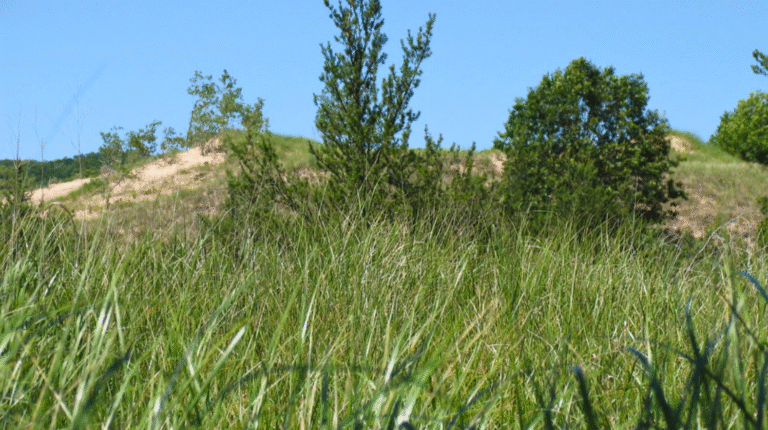Erosion is a serious environmental issue that damages land, agriculture, and property. Wind, water, and human activity strip away fertile topsoil, leaving behind degraded landscapes. Fortunately, nature provides an effective solution—good erosion control plants. These plants stabilize soil, reduce runoff, and prevent further degradation.
In this guide, we’ll explore the best plants for erosion control, how they work, and where to use them. Whether you have a steep slope, a windy area, or just want to protect your garden, the right plants can make all the difference.
Why Good Erosion Control Plants Are Essential
Erosion occurs when wind, rain, or human activity displaces soil. Without protection, fertile land can turn barren, harming ecosystems and agriculture. Good erosion control plants act as a natural barrier, anchoring soil with their roots and reducing the impact of heavy rainfall and strong winds.
These plants also improve soil health by adding organic matter and promoting water absorption. Unlike artificial barriers, they require minimal maintenance and enhance biodiversity. By choosing the right plants, you can prevent erosion while creating a beautiful, sustainable landscape.
Best Groundcover Plants for Erosion Control
Groundcovers are low-growing plants that spread quickly, forming a dense mat over the soil. Their shallow but extensive root systems make them good erosion control plants for slopes and bare patches. They also suppress weeds, reducing the need for chemical herbicides.
Some of the best groundcovers include Creeping Juniper, Clover, and Ivy. These plants thrive in various conditions, from full sun to shade, and require little upkeep. For example, Clover not only prevents erosion but also enriches soil with nitrogen, making it ideal for sustainable gardening.
Shrubs That Provide Strong Erosion Protection
Shrubs are woody plants with deep, sturdy roots that hold soil firmly in place. They are excellent for hillsides and areas prone to heavy runoff. Good erosion control shrubs like Buckwheat, Lavender, and Honeysuckle offer both functionality and beauty.
These plants also act as windbreaks, reducing soil loss in open areas. Lavender, for instance, is drought-resistant and attracts pollinators, making it a dual-purpose choice for eco-friendly landscapes. Planting shrubs in clusters maximizes their erosion-fighting benefits.
Grasses: The Ultimate Erosion Control Solution
Grasses are among the most effective good erosion control plants due to their fibrous root systems. They quickly establish themselves, preventing soil displacement on slopes, riverbanks, and construction sites. Native grasses are particularly resilient, requiring less water and maintenance.
Popular choices include Tall Fescue, Kentucky Bluegrass, and Purple Threeawn. These grasses thrive in different climates and soil types. Purple Threeawn, for example, is perfect for dry, sandy areas, while Tall Fescue works well in wetter regions.
Trees for Long-Term Erosion Prevention
Trees provide the strongest defense against erosion, thanks to their deep root systems. They stabilize hillsides, riverbanks, and coastal areas, preventing landslides and soil loss. Good erosion control trees like Willow, Pine, and Big-Leaf Maple are ideal for long-term protection.
Beyond erosion control, trees improve air quality and provide wildlife habitats. Willow trees, for example, thrive near water and help reinforce riverbanks. Planting a mix of fast-growing and deep-rooted trees ensures lasting soil stability.
Conclusion: Choose the Right Plants for Lasting Erosion Control
Erosion can devastate landscapes, but the right plants can stop it naturally. Good erosion control plants like groundcovers, shrubs, grasses, and trees offer sustainable solutions that also enhance biodiversity. By selecting species suited to your climate and soil, you can protect your land while creating a thriving ecosystem.
Ready to fight erosion? Start planting today and enjoy a healthier, more stable landscape for years to come!


